When Meta and Ray-Ban unveiled their latest smart glasses collaboration, they did not just pack impressive technology into a familiar form factor, they potentially solved the mainstream AR puzzle that has eluded the industry for over a decade. The glasses feature a 600 x 600 pixel color display in the right lens, according to Hackaday, plus six microphones, a 12-megapixel camera, and stereo speakers. It is a leap from Google Glass, with more powerful processing and double the flash storage, as reported by Hackaday.
Here is the tension that could decide AR’s future: while Meta seems to have nailed the tech and the social acceptability that tripped up Google Glass, it has leaned into a design philosophy that threatens long-term sustainability. Research from iFixit tagged these glasses as completely “unrepairable,” setting up a clash between breakthrough innovation and responsible development that could shape the entire category.
The innovation paradox: advanced tech meets design limitations
What makes these glasses feel like a real breakthrough instead of a gimmick? The Neural Band. It uses electromyography, EMG, to read wrist muscle signals, according to Hackaday. No more awkward temple taps or muttering voice commands in public. No more Glasshole pantomime.
The display engineering helps too. At 42 pixels per degree, as noted by Wired, the image finally crosses the line from demo to daily tool. And because these look like Ray-Bans first and computers second, the social friction drops. That matters.
AI integration is the swing factor. Meta’s smart glasses use on-device smarts for real-time language translation and visual object identification, according to Hackaday. Picture strolling a foreign street while signs quietly translate in your view, or pointing at an unfamiliar widget and getting instant context. Utility that makes habits, not just headlines.
Now the paradox. Achieving this level of miniaturization demanded choices that favored sleekness over serviceability. The same constraints that make the experience seamless also risk turning these into some of the most sophisticated e-waste in consumer tech.
PRO TIP: When evaluating any AR device, look past the sizzle and ask, how will this age, and what happens when key components fail?
Market success meets sustainability concerns
Commercially, Meta looks like it cracked the code Google could not. EssilorLuxottica reported selling 2 million pairs of Ray-Ban Meta AI glasses in their first year, according to the Institution of Electronics, with plans to ramp to 10 million per year by 2026. Those are behavior-shifting numbers.
The transparent limited edition underlines demand. Priced at 429 dollars and capped at 7,500 pairs worldwide, it sold out almost immediately after the September 2024 launch, as reported by the Institution of Electronics. People paid premium prices for collectibles that will not get software updates or replacement parts. That is more than early adopter buzz.
Success, however, magnifies the sustainability problem. Unlike smartphones with trade-in pipelines and refurb shops, these glasses use non-replaceable lithium-ion batteries that brick the entire device when they fail, according to PIRG. No graceful fade, no “battery tired but usable” second life, no repair economy.
The environmental tab scales with production. Manufacturing draws on precious and rare earth metals for microprocessors, cameras, and other components, as noted by PIRG. Production can account for up to 85 percent of an electronic device’s lifetime impact, according to PIRG, so each unit locks in a heavy upfront cost.
And the waste curve is already ugly. Electronic waste is growing five times faster than documented recycling can handle, according to PIRG. Mainstream wearables pour fuel on that fire.
The repairability crisis in wearable tech
When iFixit, a group that has torn down everything from phones to spacecraft hardware, calls a consumer device “unreasonably difficult” to fix, as demonstrated in their YouTube teardown, you can see the philosophy at work. The glasses are not built for disassembly, and battery swaps are basically impossible for users or independent shops, according to PIRG.
Look inside and you see why. The right temple holds a 154 mAh battery alongside multiple microphones, cameras, and dense circuitry, according to the Institution of Electronics. Every cubic millimeter goes to features, not serviceability. Great for fit and finish, brutal for longevity.
This mindset is not limited to the Ray-Ban line. Meta’s Quest 3 VR headset scored 4 out of 10 on iFixit’s repairability scale, as reported by iFixit, and Meta’s support says they do not offer repairs or part replacements for VR devices, as noted by iFixit. That looks like a business model where replacement beats repair.
For wearables, the stakes are higher. Traditional eyewear can last decades with routine care. Smartphones limp along even with tired batteries. Smart glasses, though, are binary, they work or they do not. You end up with the material heft of a computer and the turnover of a fashion accessory.
PRO TIP: Before buying any smart wearable, check the repair policy and battery replacement path. If you cannot maintain it, you are renting it.
What this means for the future of AR
The Ray-Ban Display glasses show both the promise and the snag of modern AR. On the tech side, the barriers to mainstream use look solvable, EMG gesture control, tight AI integration, and serious miniaturization are real advances. The market response suggests people want this when it is done right.
The repairability crisis raises a harder question about priorities that will shape AR’s long arc. Treating sophisticated computers like disposable fashion creates a sustainability problem that scales with success. When production accounts for up to 85 percent of lifetime environmental impact, according to PIRG, designing for obsolescence multiplies the harm.
The annoying part, sustainable approaches already exist. Companies like Fairphone show that wearable technology can aim for longevity and repairability, as noted by PIRG. The hurdles are not purely technical, they are design choices.
We are at an inflection point. One path keeps churning out sophisticated disposables. The other takes the harder route, balancing innovation with sustainability. The next few years will tell us whether cutting-edge AR can grow up with responsible design, or whether mainstream adoption will carry an environmental bill that keeps coming due.
Manufacturers have to believe that slightly thicker temple arms or modular battery compartments are acceptable trades for longer life. Until companies like Meta make that call, even the most impressive smart glasses risk becoming monuments to short-sighted engineering priorities. And for an industry that wants to define the future of human-computer interaction, that is a legacy none of us should be comfortable with, no matter how seamlessly the gesture controls work.




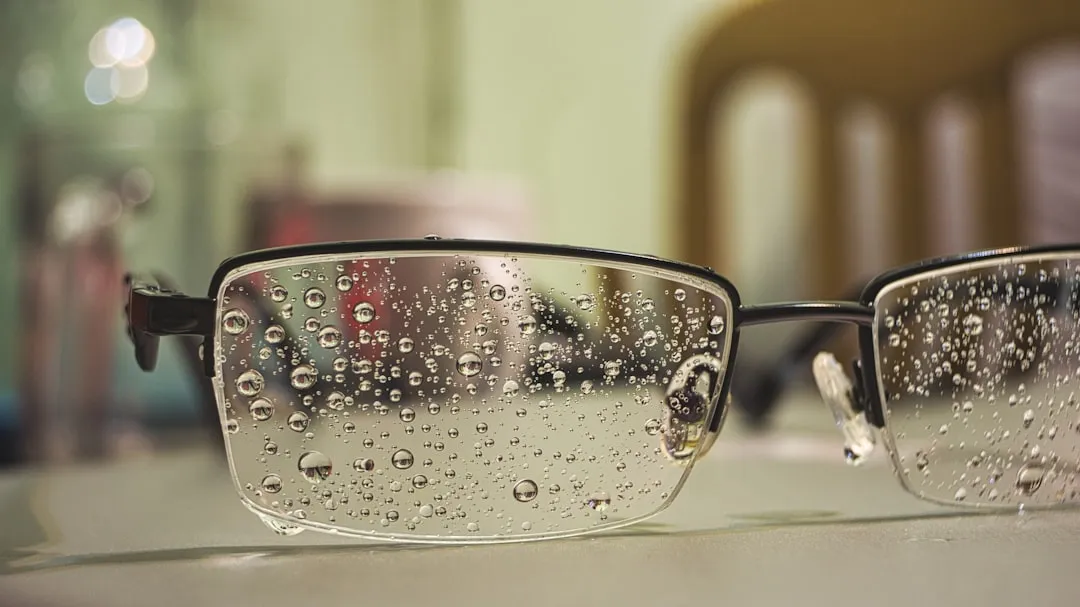
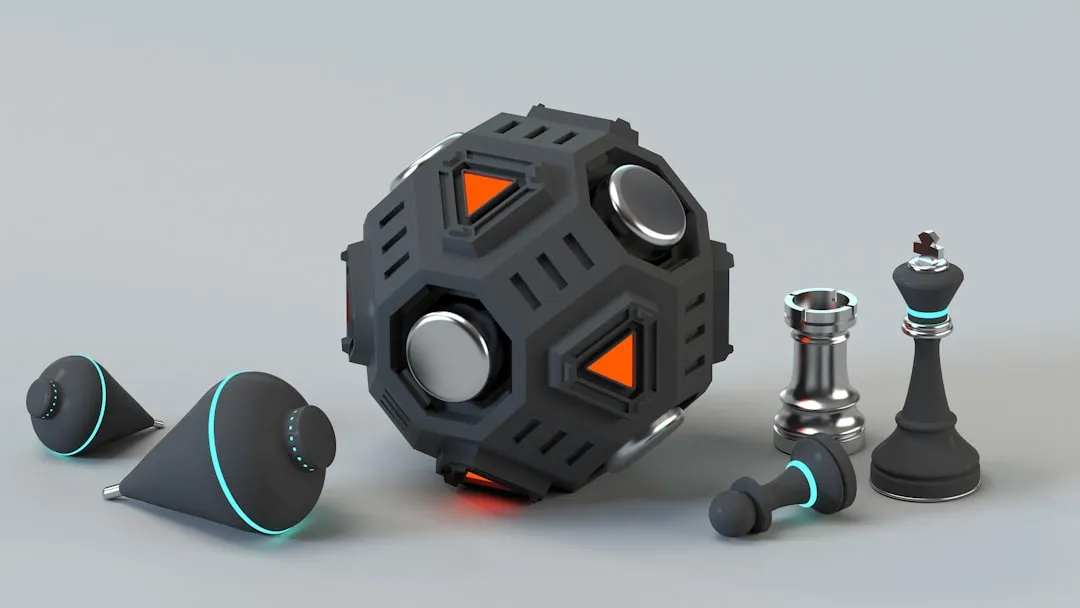
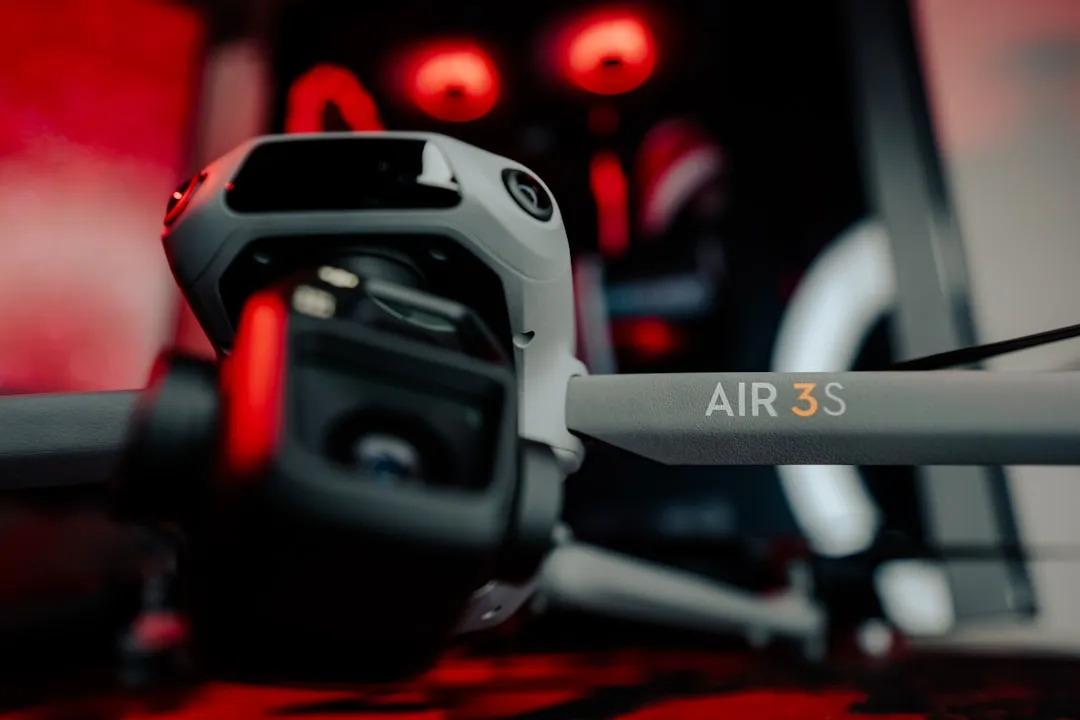



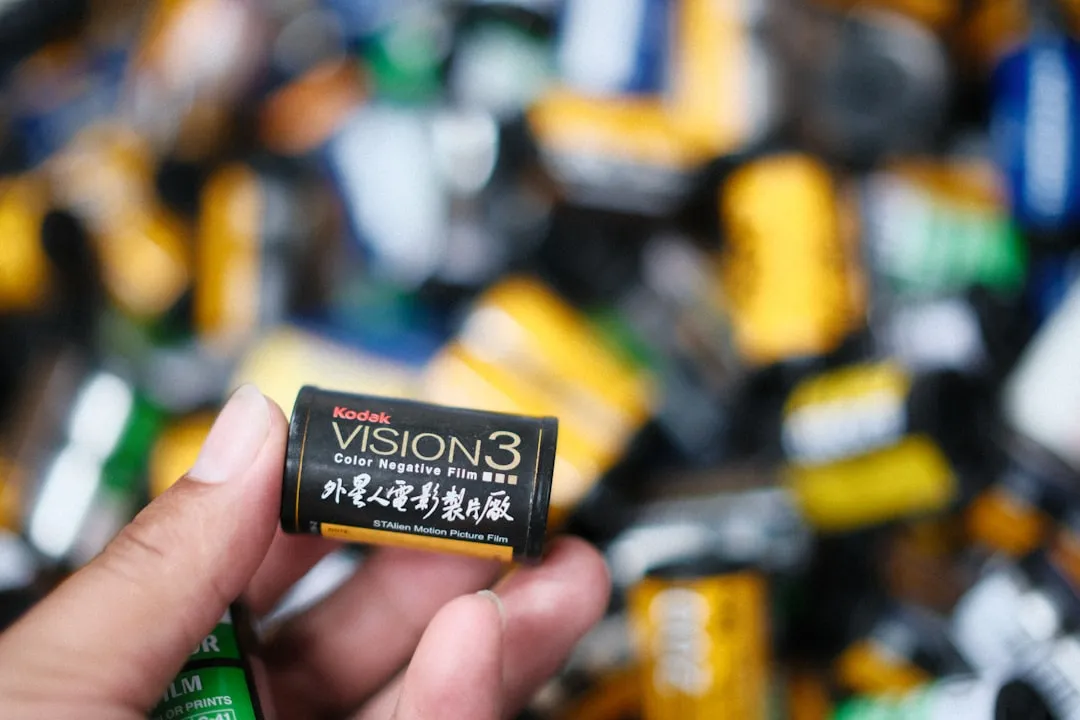


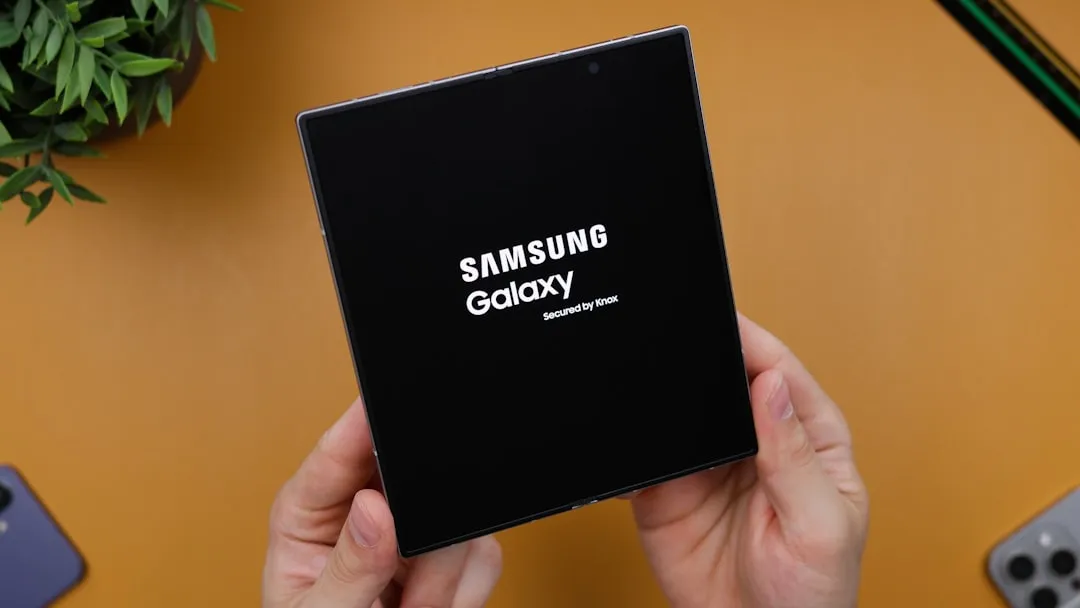





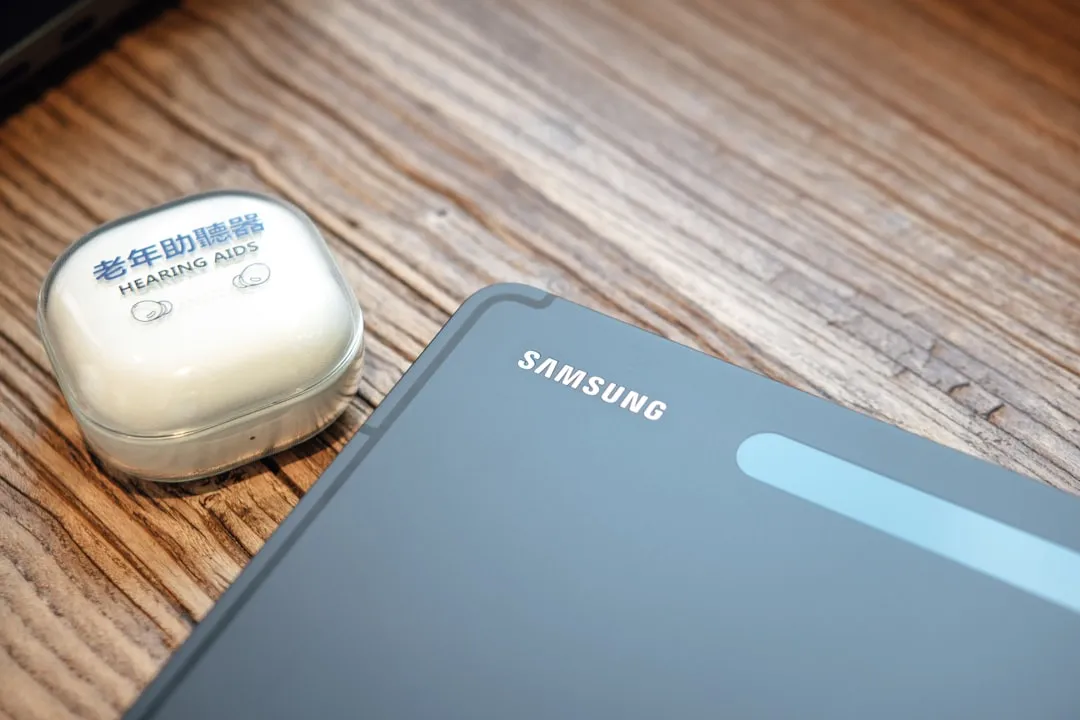


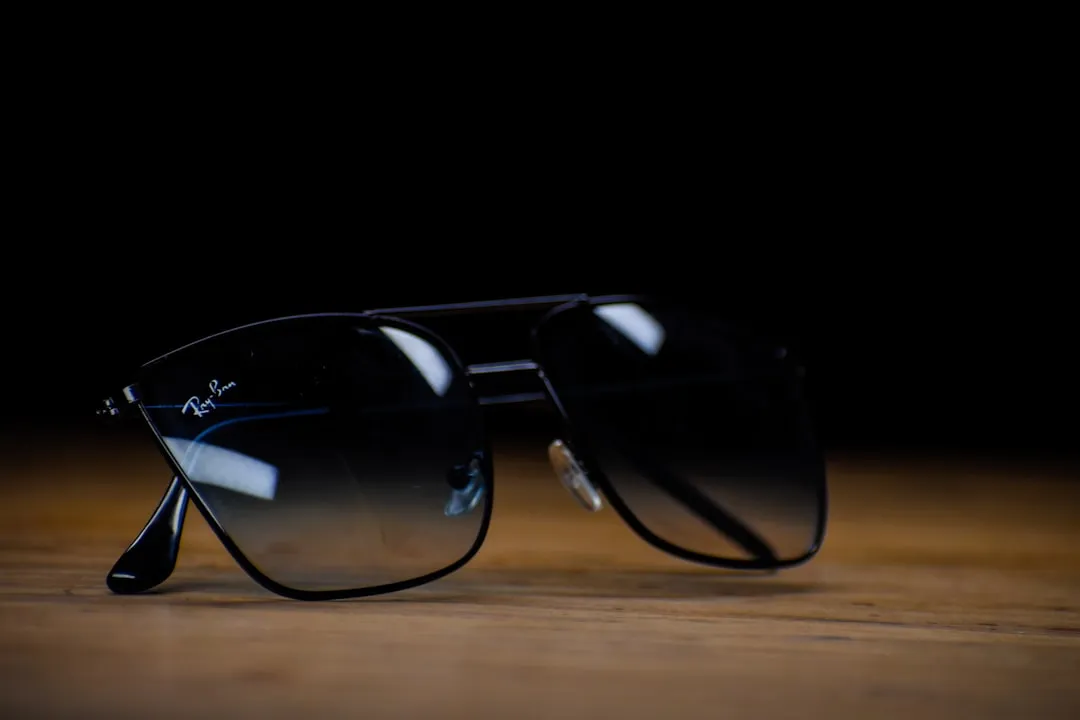
Comments
Be the first, drop a comment!